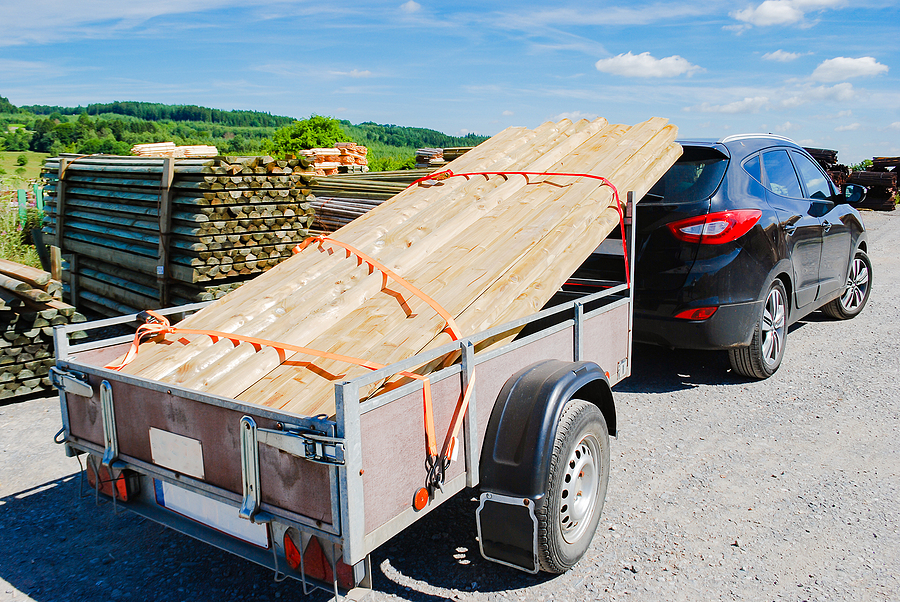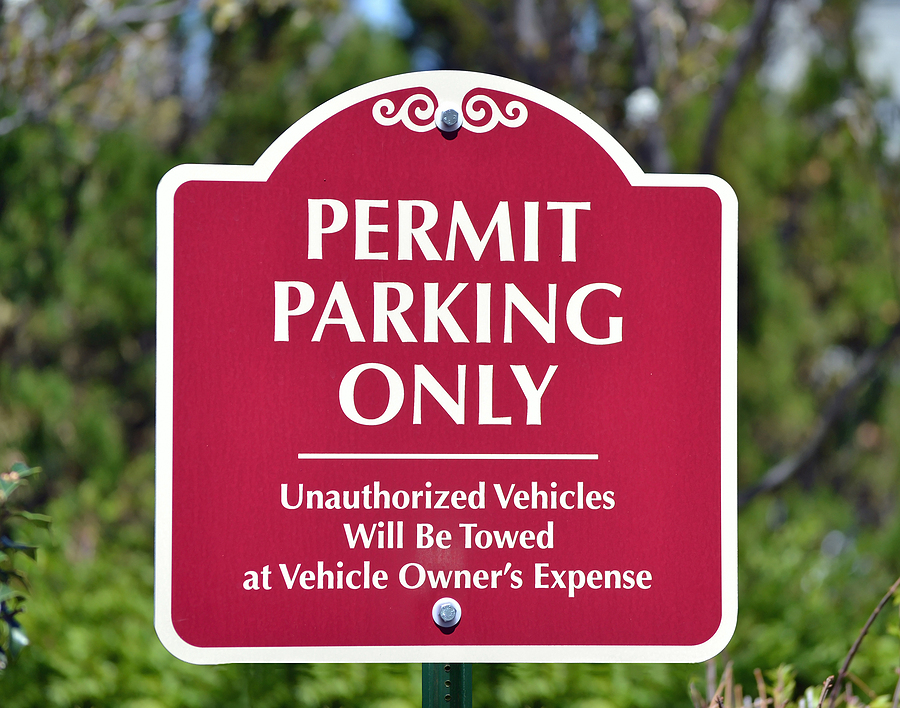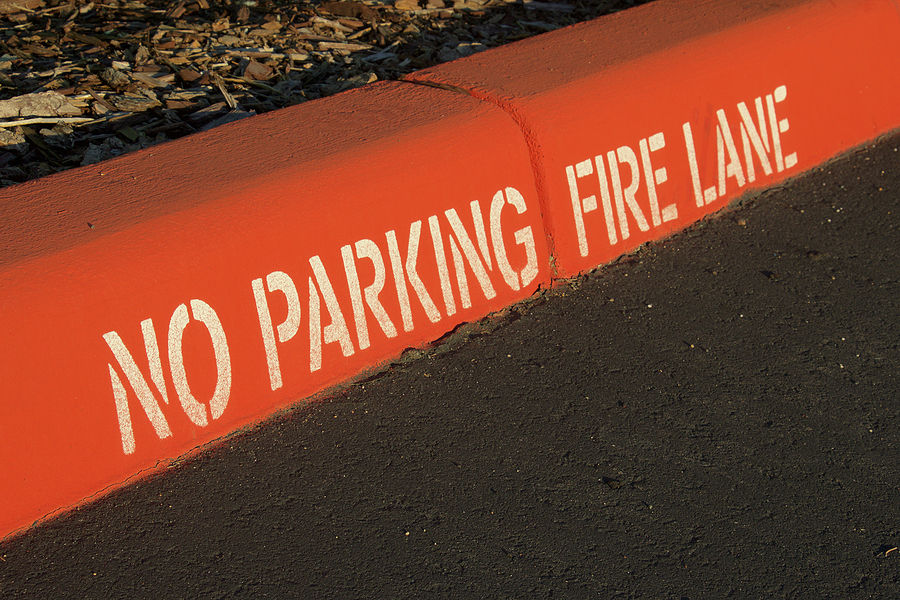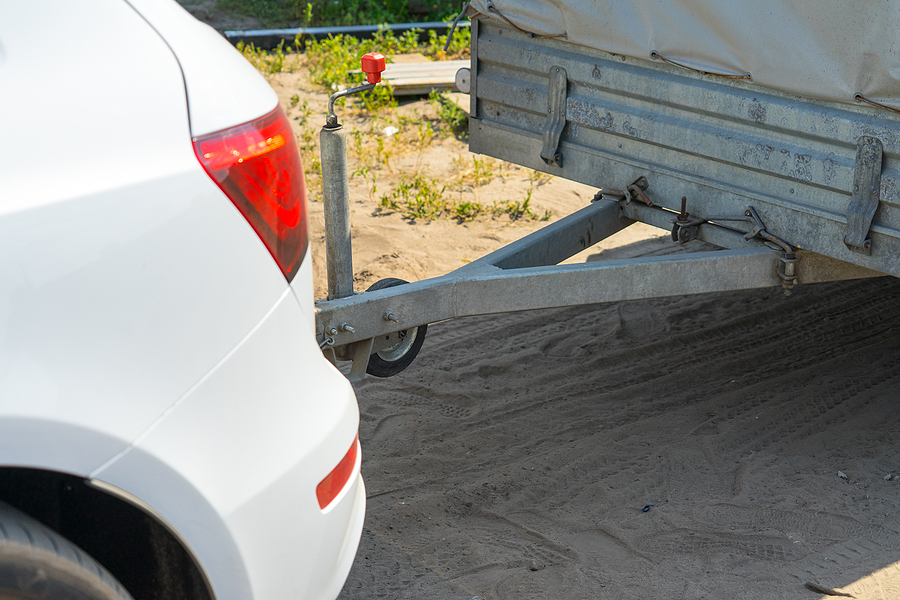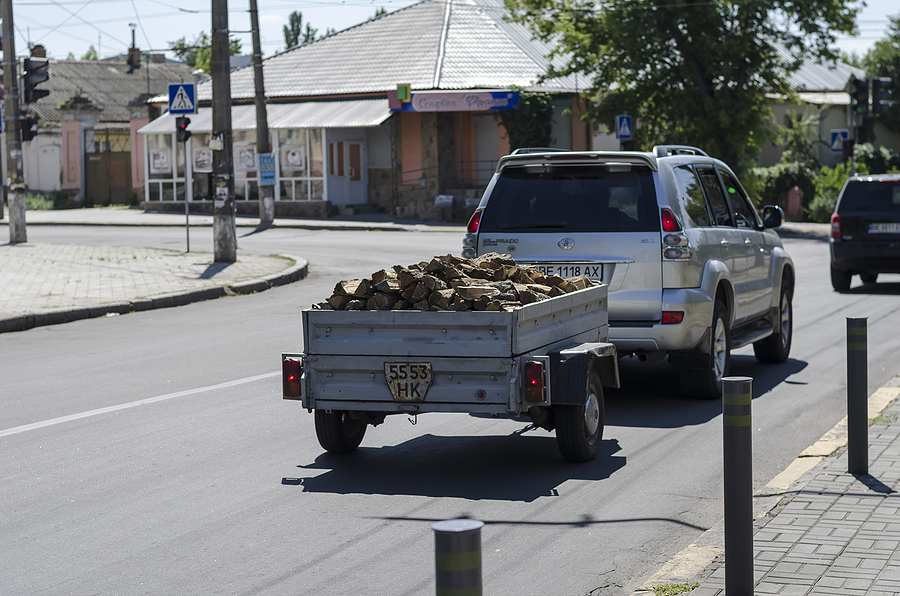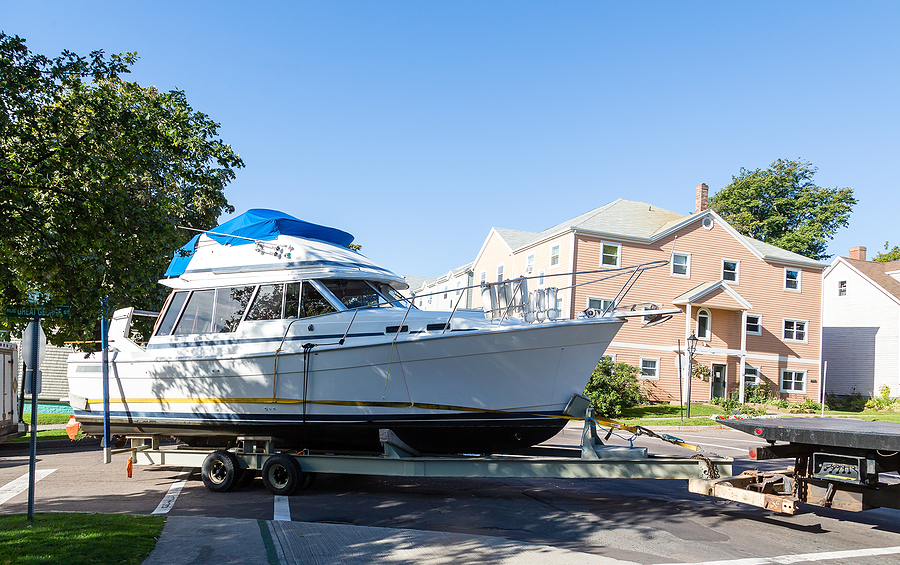Your car breaking down is never a planned event. One moment you’re driving along, and the next, you’re stranded on the side of the road in Central Indiana. This unexpected situation often brings a wave of questions, with a major one being: how much will this cost? Understanding the factors that determine professional towing costs is the first step toward getting the help you need without any unwelcome financial surprises.
A roadside breakdown or accident is stressful enough. The last thing you need is the added anxiety of an unknown towing bill. Professional towing services are essential for getting you and your vehicle to safety, but the final price on the invoice can vary significantly.
This guide will break down the towing costs associated with professional towing services. We’ll explore the various factors that influence towing prices, from the distance of the tow to the type of vehicle you drive. By the end, you’ll have a clearer understanding of what to expect, helping you make an informed decision when you need a towing service most.
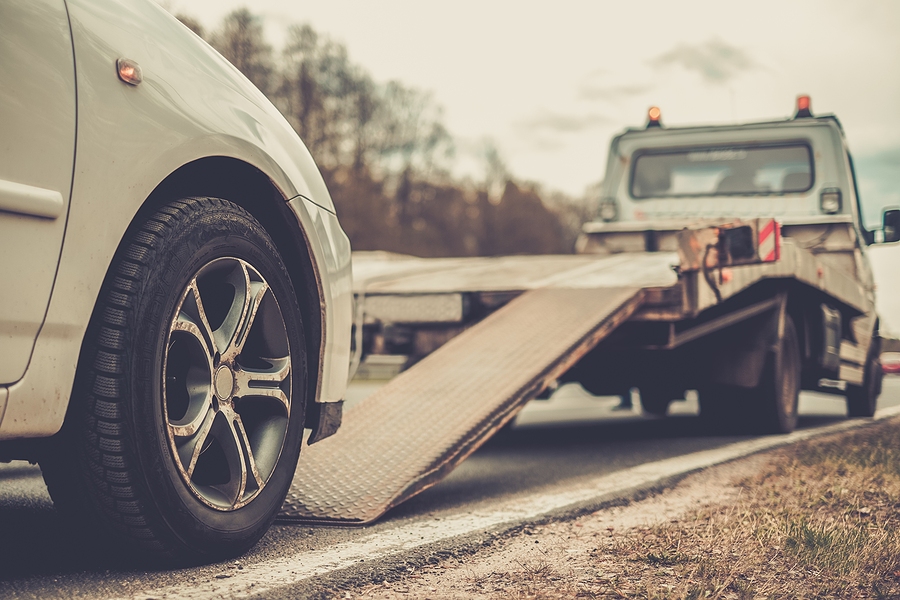
Factors Influencing Towing Costs
Several variables come into play when a towing company calculates your bill. Being aware of these factors can help you understand the quote you receive.
Towing Distance
One of the most significant factors for towing costs is the distance your vehicle needs to be transported. Most towing companies have a base rate, often called a “hook-up fee,” which covers the initial service call. After that, they typically charge a per-mile fee. A short tow across town will naturally cost less than a long-distance transport to a different city.
Type and Size of Your Vehicle
The kind of vehicle you have matters. A standard sedan is easier and cheaper to tow than a large SUV, a heavy-duty truck, or an RV. Larger and heavier vehicles require more specialized equipment and a more powerful tow truck, which is reflected in the tow truck rates.
Time of Day and Location
The timing of your call can also affect the cost. If you need emergency towing late at night, on a weekend, or during a major holiday, you can expect to pay more. Services outside of regular business hours often come with an after-hours surcharge. Similarly, if your vehicle is in a hard-to-reach location, like deep in a ditch or on a narrow, unpaved road, the complexity of the recovery will increase the price.
Complexity of the Service
Not all tows are simple hook-and-go operations. If your car was in an accident and is badly damaged, it might require a more complex towing and recovery effort. This is often referred to as wrecker service. The more labor and specialized equipment needed to safely recover and load your vehicle, the higher the cost.
Learn More About Our Professional Towing Services ☑
Types of Towing Services and Their General Costs
The type of towing method used will also impact the final price. Different situations call for different equipment, and each comes with its own cost structure.
Local vs. Long-Distance Towing
Local Towing: This is the most common type of towing service, typically covering distances within a specific radius, like Central Indiana. It’s ideal for getting your car to a nearby mechanic after a breakdown. The cost is usually a combination of the base hook-up fee plus a per-mile charge.
Long-Distance Towing: If you need to move a vehicle across the state or country, you’ll need long-distance towing. This service is often priced differently, sometimes with a flat rate for certain distances or a lower per-mile rate for extended trips. It’s a reliable option for relocations or transporting a vehicle you purchased from another area.
Flatbed vs. Wheel-Lift Towing
Flatbed Towing: This method involves placing the entire vehicle onto a flat, level platform on the back of the tow truck. It is the safest way to transport all-wheel-drive vehicles, luxury cars, classic cars, or vehicles that are too damaged to roll. Because it minimizes the risk of any further damage, flatbed towing is often preferred, though it may have a slightly higher rate.
Wheel-Lift Towing: This technique uses a metal yoke that fits under the front or rear wheels to lift that end of the car off the ground while the other two wheels remain on the road. It’s a quick and efficient method for many standard vehicles and is generally more cost-effective.
Specialized Towing Services
Some vehicles require special handling, which can influence the cost.
- Motorcycle Towing: Requires specific equipment to secure the bike properly and prevent damage.
- Heavy Equipment Transport: Moving construction machinery or other large commercial vehicles demands heavy-duty wreckers and specialized expertise, making it a more expensive service.
- Wrecker Service: This is more than just a tow. It’s a recovery operation for vehicles involved in accidents, stuck in mud, or overturned. The complexity and risk involved mean that wrecker service rates are higher.
Additional Fees to Consider
Beyond the base rate and mileage, there are other potential charges that can appear on your final bill.
- Fuel Surcharges: Some companies add a surcharge to cover fluctuating fuel costs, especially for long-distance tows.
- Storage Fees: If your vehicle needs to be stored at the towing company’s lot for any period, you will be charged a daily storage fee. This is common after an accident when waiting for an insurance adjuster.
- Additional Labor Costs: If the recovery is particularly difficult—for example, if winching is required to pull a car out of a ditch—you may be charged for the extra time and labor.
Choosing a Reliable Towing Service in Central Indiana
When you’re in a tough spot, it’s tempting to call the first number you find. However, taking a moment to choose a reputable towing company can save you money and headaches.
- Ask for a Quote Upfront: A trustworthy company will provide a clear estimate of the costs, including the hook-up fee and per-mile rate.
- Check for Licensing and Insurance: Ensure the company is fully licensed and insured. This protects you and your vehicle in case of any mishaps during the tow.
- Read Reviews: Look at online reviews and testimonials. A history of satisfied customers is a good sign of reliable service and fair towing prices.
- Confirm 24/7 Availability: You never know when you’ll need help. A service that offers 24/7 emergency towing provides peace of mind.
In Summary
Being stranded is a frustrating experience, but understanding the cost of a professional towing service shouldn’t be. The final price depends on factors like distance, vehicle type, time of day, and the specific service needed. By knowing what to expect, you can feel more in control of the situation.
For reliable, transparent, and professional towing service in Central Indiana, it’s important to choose a company that values honesty and customer care.
Need immediate assistance or want to know more about our tow truck rates? Request a towing quote today for fast and fair service.
Call Now for Immediate Service
Related Post: How Much Does Tow Truck Service Cost?

